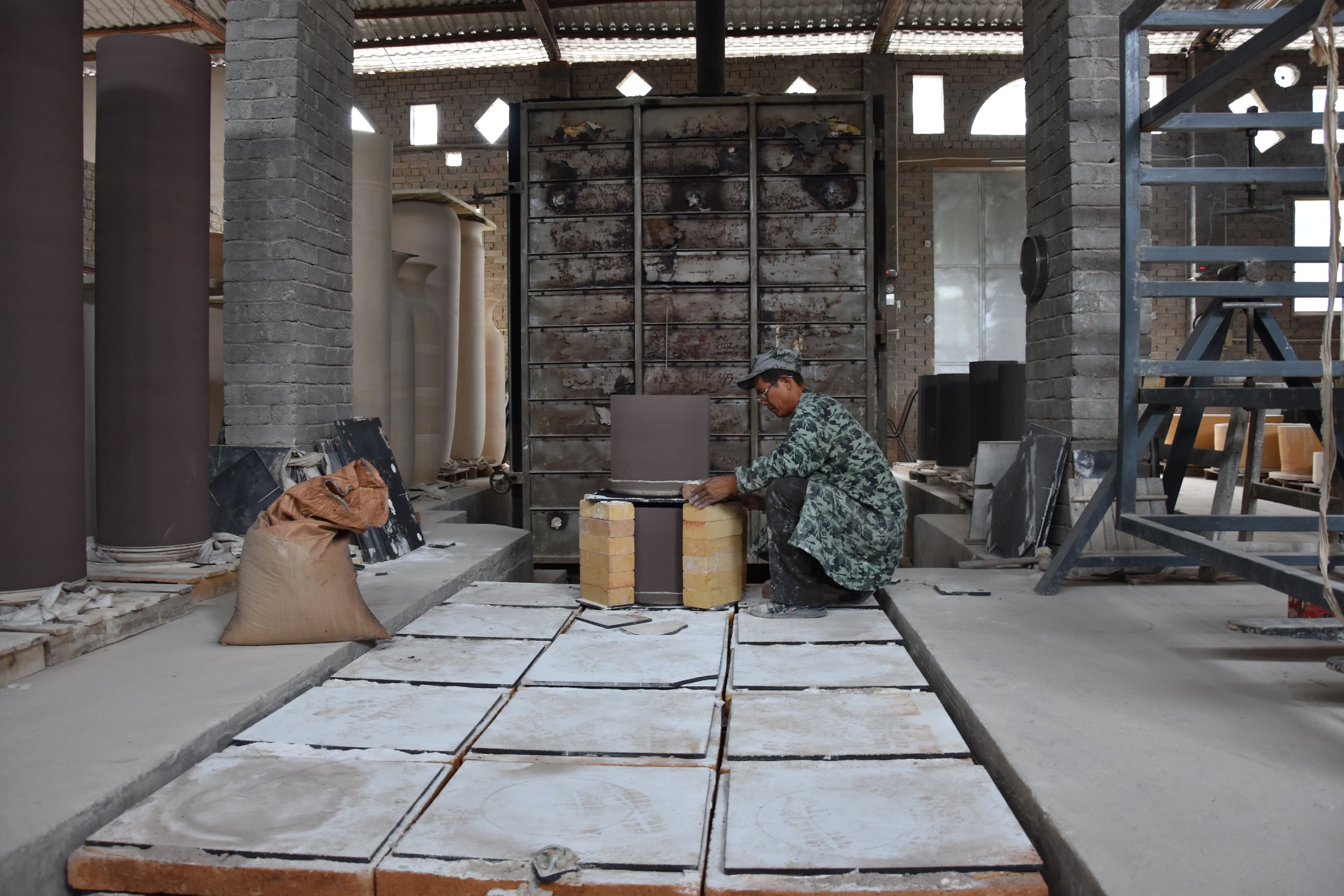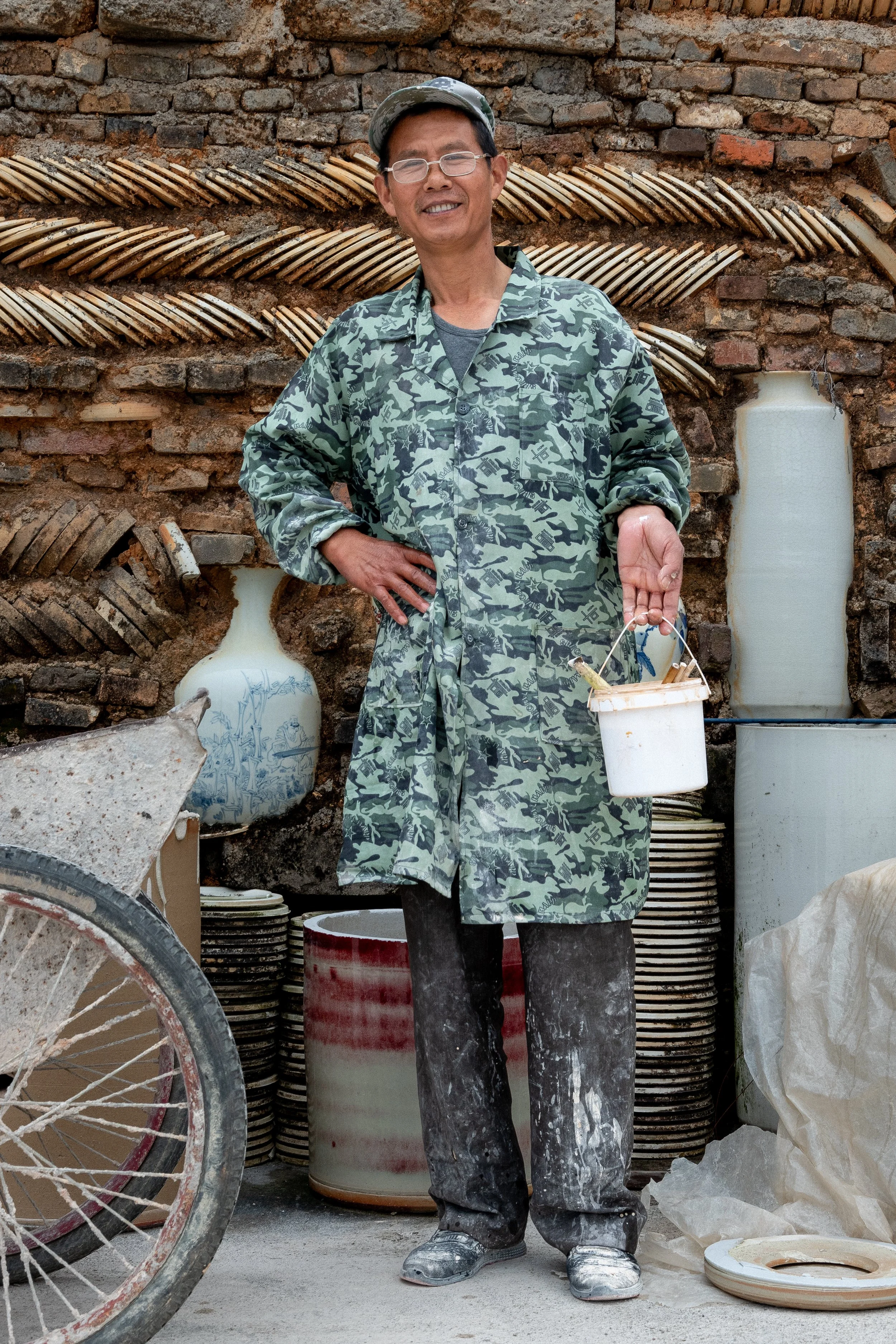JINGDEZHEN
WL CERAMICS is located in the city of Jingdezhen, the unofficial porcelain capital of China and by some accounts, the world. Believed to be the birthplace of porcelain, it is situated close by to the ‘Kaolin’ mountains, where the materials needed for porcelain—kaolin and petuntse—are found, and whose nearby rivers and forests provided ready transportation and fuel for the kilns.
In 1004, Jingdezhen became an official porcelain production site for the Chinese emperor. By the 14th century, it had become the largest center of porcelain production in China, manufacturing imperial wares for several dynasties, including the Song, Yuan, Ming and Qing.
In addition to the imperial kiln sites who produced strictly for the imperial court, Jingdezhen produced a significant amount of porcelain for export, as the demand for Chinese porcelain grew. European imitations, such as Delft Blue, were actually earthenware made to look like porcelain; indeed, the production of porcelain remained a mystery to Europeans until the 18th century, when porcelain was made in Germany for the first time.
During the Tang dynasty, Jingdezhen was called ‘Changnan’ because it was situated at the south bank of the Chang river. The western name ‘China’ originates from this old name. In this way, the city’s name became a synonym for both porcelain and for the country. Today we still use this word in both meanings.
WL Ceramics was founded in 1993. Although this date is relatively recent, the company’s manufacturing is based on centuries of expertise and craftsmanship that has been passed down from generation to generation. WL CERAMICS works with highly skilled painters and wheel throwers.



















